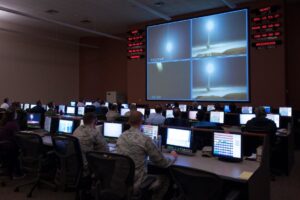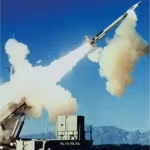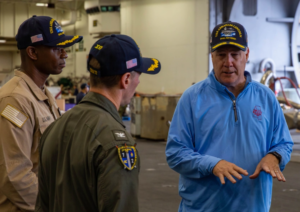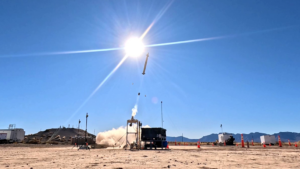
The Secretary of the Air Force would have to inform Congress of any schedule slips of one month or more in the initial operational capability (IOC) for the Northrop Grumman [NOC] LGM-35A Sentinel within three months of learning of such delays, according to the House Armed Services Committee (HASC) Strategic Forces' draft for the panel's section of the fiscal 2024 national defense authorization bill. The panel's draft also proposes making nuclear, command, control, and communications (NC3) a major force program…














